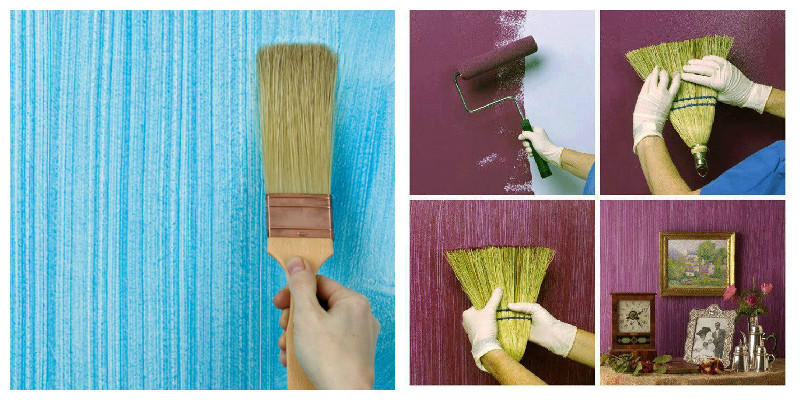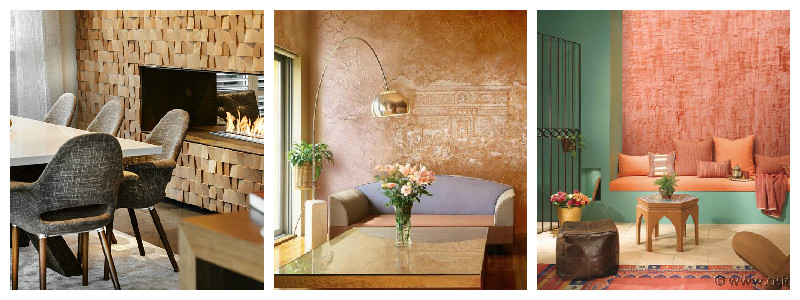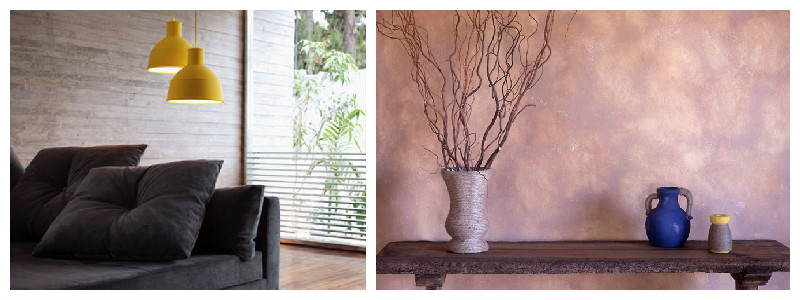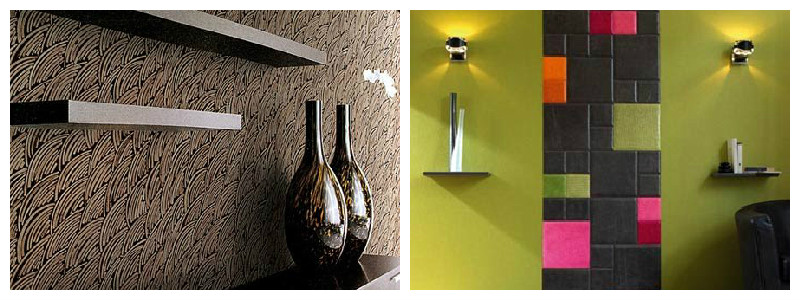We love wallpaper here at Moody Monday, we can’t hide it. It’s our staple product and it is our goal to make our creations accessible to as many customers as possible. So we’re always on the hunt for stockists to collaborate with to make this happen.
We’re pleased to announce that we now have our very first stockist in Australia – Wallpaper Antics.
With the simple aim of offering customers high quality bespoke wall coverings for their homes that are unique investment pieces, Wallpaper Antics concentrates on featuring wallpaper from skilled designers across the globe.
The wide array of wallpapers, many of which are screen printed present plenty of choice for customers looking to decorate their homes. From hand screen printed wallpaper to digitally printed wallpaper and murals, they have all you need to create a striking look in your home. They also offer a bespoke printing service which caters to clients working on a one of a kind project.
The full range of Moody Monday’s wall coverings are stocked by Wallpaper Antics. Check out our profile on their website.
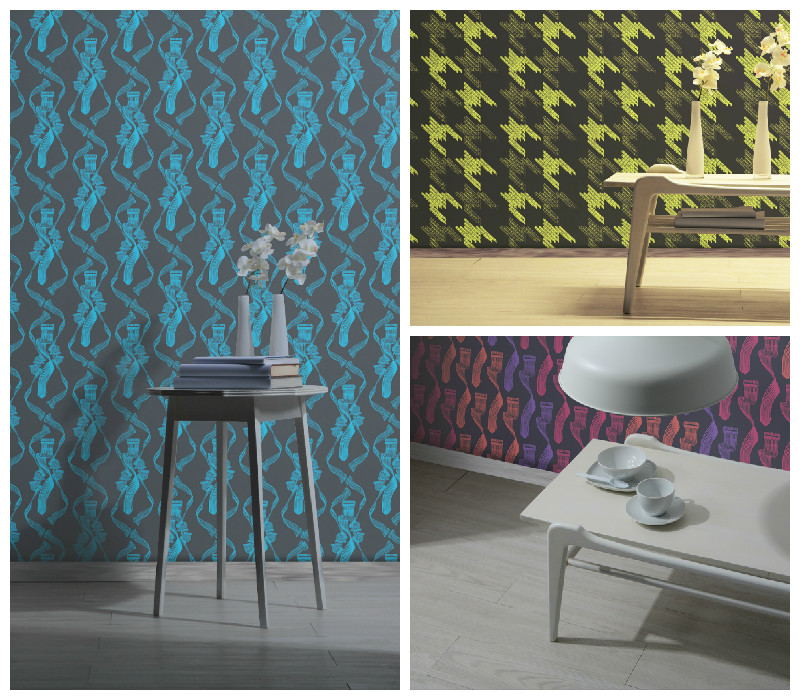 Secret Music collection by Moody Monday – The Dance , Black Keys, Geometry of the Sound
Secret Music collection by Moody Monday – The Dance , Black Keys, Geometry of the Sound
Here are a few others from their assortment of wallpapers.
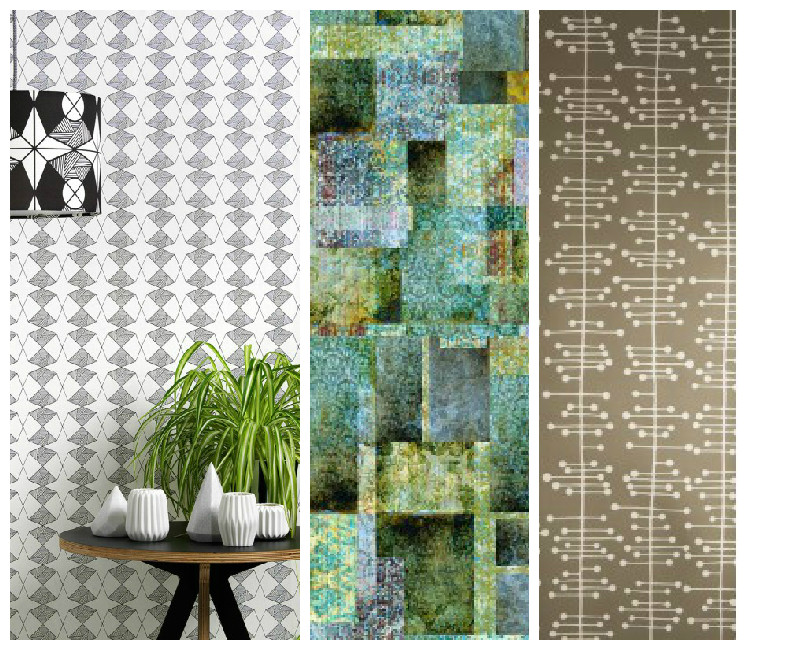 1. Etoile wallpaper by Sian Elin | 2. Culcita wallpaper from Blackpop | 3. Muscat Small wallpaper by MissPrint
1. Etoile wallpaper by Sian Elin | 2. Culcita wallpaper from Blackpop | 3. Muscat Small wallpaper by MissPrint
Founder, Andrea Renting adds that “Wallpaper Antics was created because of a passion to kindle a new love for wallpaper in Australia like there is in the UK and US. Wallpapers are like a piece of art and we want everyone to enjoy them by investing in something special not just any mass-produced run-of-the-mill wall coverings. The vision is to bring together designers and small boutique labels in one hub for the Australian market.”
To peruse their online store, go to http://wallpaperantics.com.au/
Images sourced from Wallpaper Antics website.







